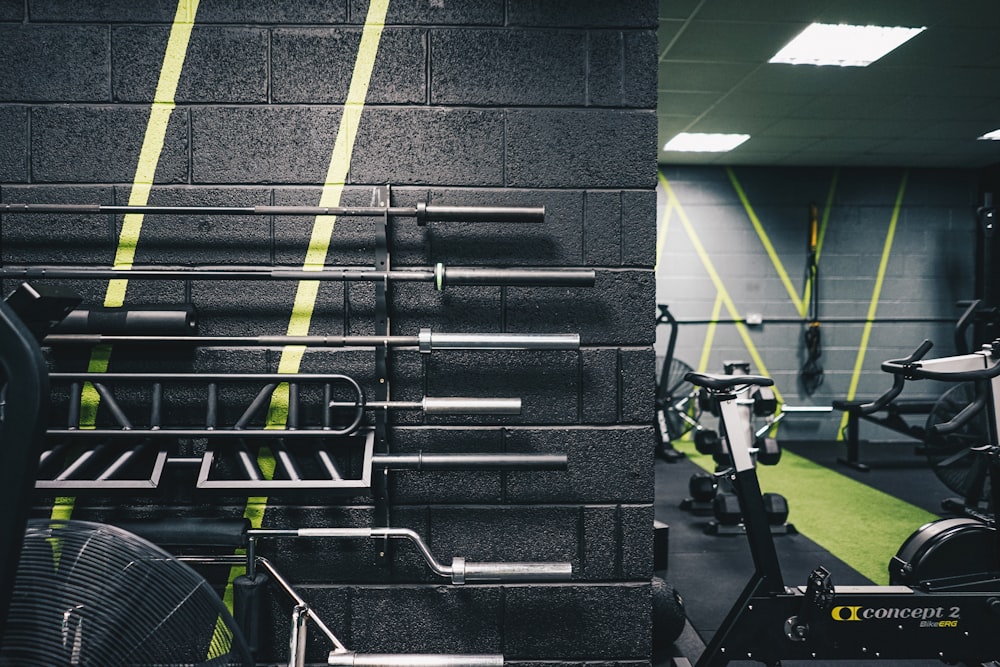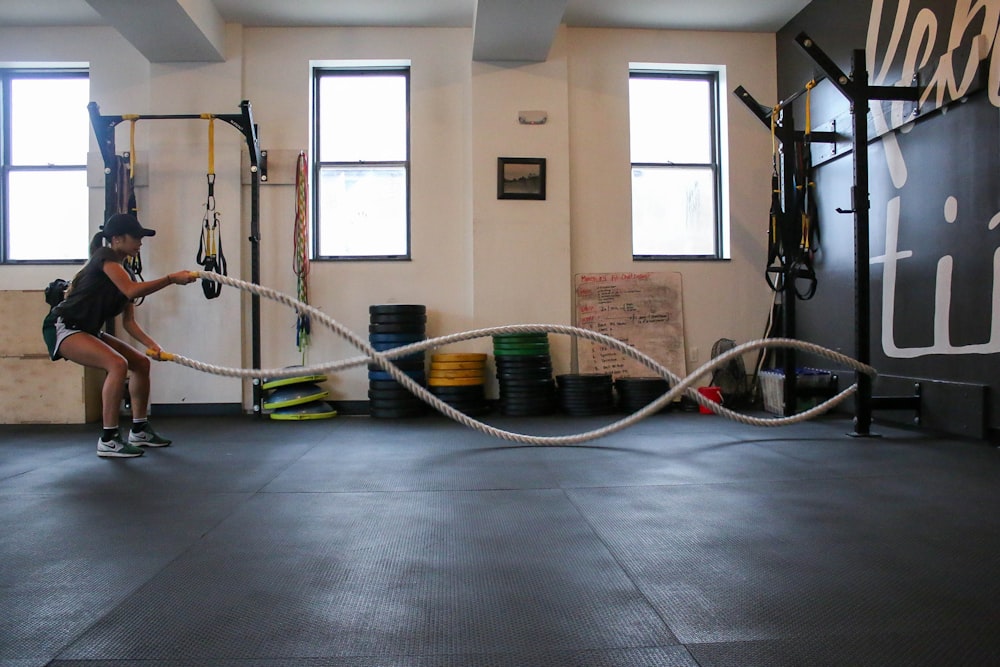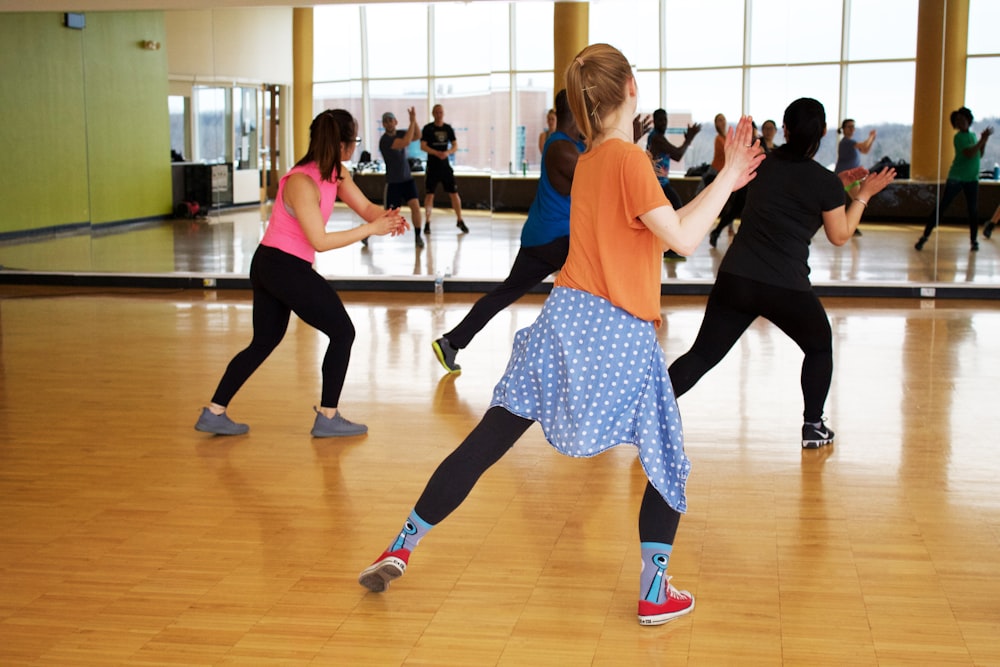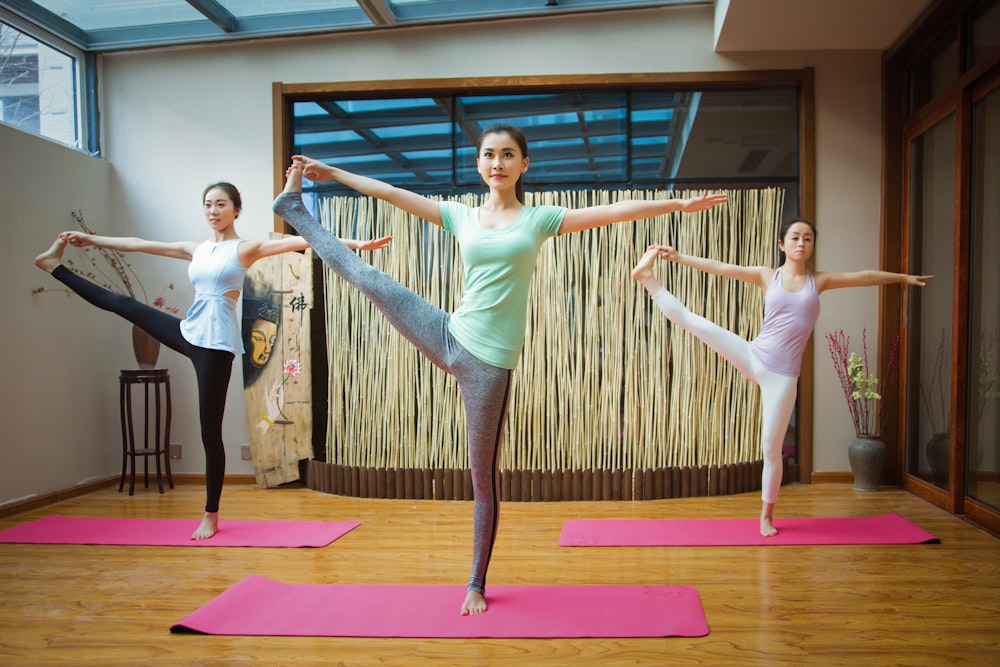Yoga Improve Circulation and Cardiovascular Health
Enhance Your Strength and Flexibility with Yoga
Introduction: The Benefits of Yoga for Fitness
Yoga has been practiced for centuries and is known for its numerous benefits for physical and mental health. In this article, we will explore how yoga can enhance your strength and flexibility, contributing to your overall fitness journey.
Improving Physical Strength Through Yoga
One of the key benefits of yoga is its ability to improve physical strength. Poses such as Warrior I and II, Plank, and Chair pose engage various muscle groups, including the core, arms, legs, and back. By practicing these poses regularly, you can build strength and endurance, making everyday activities easier and more manageable.
Increasing Flexibility and Range of Motion
Flexibility is another crucial aspect of fitness, and yoga is an excellent way to improve it. Yoga poses focus on stretching and lengthening muscles, helping to increase your range of motion. This is beneficial not only for athletic performance but also for preventing injuries and maintaining joint health.
Enhancing Balance and Stability
Yoga poses often require balance and stability, which are essential for overall fitness. Balancing poses like Tree pose and Eagle pose challenge your core muscles and improve proprioception, the body’s awareness of its position in space. This can translate to better balance and stability in daily activities and sports.
Promoting Mind-Body Connection
One of the unique aspects of yoga is its emphasis on the mind-body connection. Through mindful movement and breath awareness, yoga helps you become more attuned to your body’s sensations and signals. This can lead to improved coordination, focus, and mental clarity, enhancing your overall fitness experience.
Reducing Stress and Enhancing Relaxation
In today’s fast-paced world, stress management is crucial for overall wellbeing. Yoga offers a range of techniques, such as deep breathing and relaxation poses like Savasana, that promote relaxation and reduce stress levels. By incorporating these practices into your fitness routine, you can achieve a greater sense of calm and balance.
Supporting Recovery and Injury Prevention
Yoga is also beneficial for recovery and injury prevention. Gentle yoga sequences can aid in post-workout recovery by stretching tired muscles and promoting circulation. Additionally, yoga’s focus on proper alignment and mindful movement can help prevent common fitness-related injuries.
Incorporating Yoga into Your Fitness Routine
To experience the benefits of yoga for fitness, consider incorporating it into your regular workout routine. You can attend yoga classes at a studio or gym, follow online videos, or create your own yoga practice at home. Start with beginner-friendly poses and gradually progress as you build strength and flexibility.
Conclusion: Embracing the Benefits of Yoga
In conclusion, yoga offers a wide range of benefits for fitness enthusiasts. From improving strength and flexibility to enhancing balance, reducing stress, and supporting overall wellbeing, yoga is a valuable addition to any fitness routine. By incorporating yoga practices into your daily life, you can experience profound physical and mental transformations, leading to a healthier and more vibrant lifestyle. Read more about Benefits of yoga for fitness






















